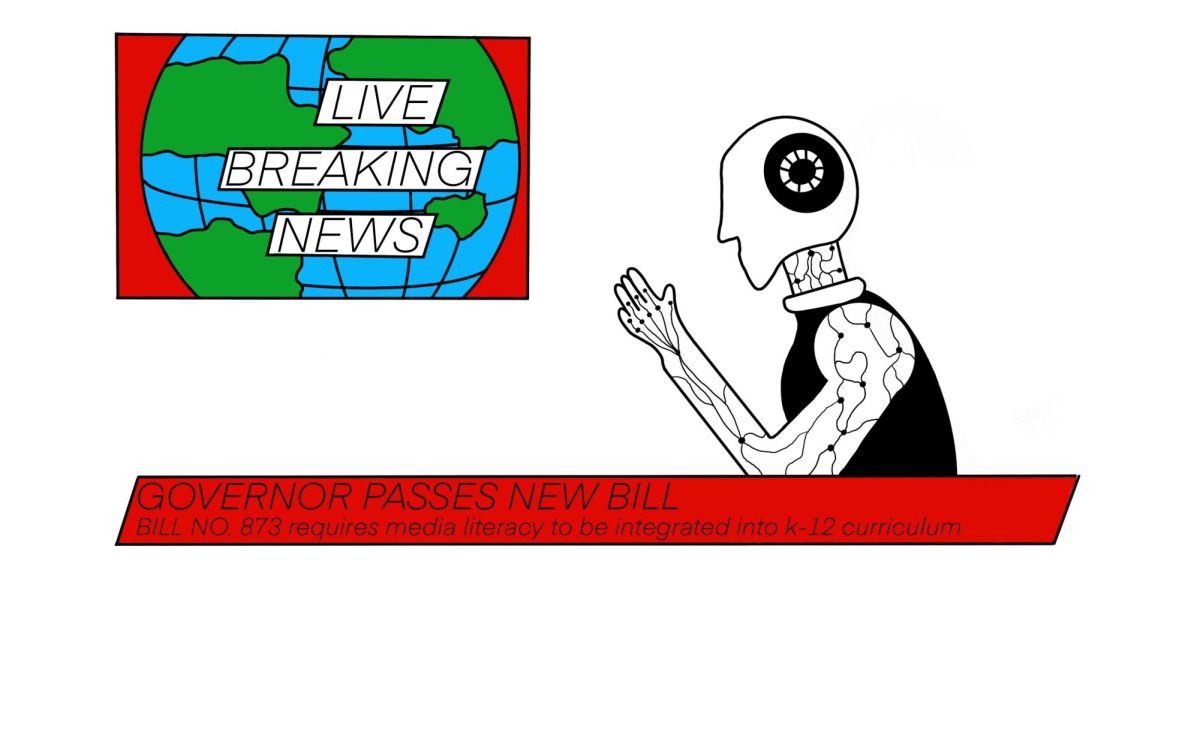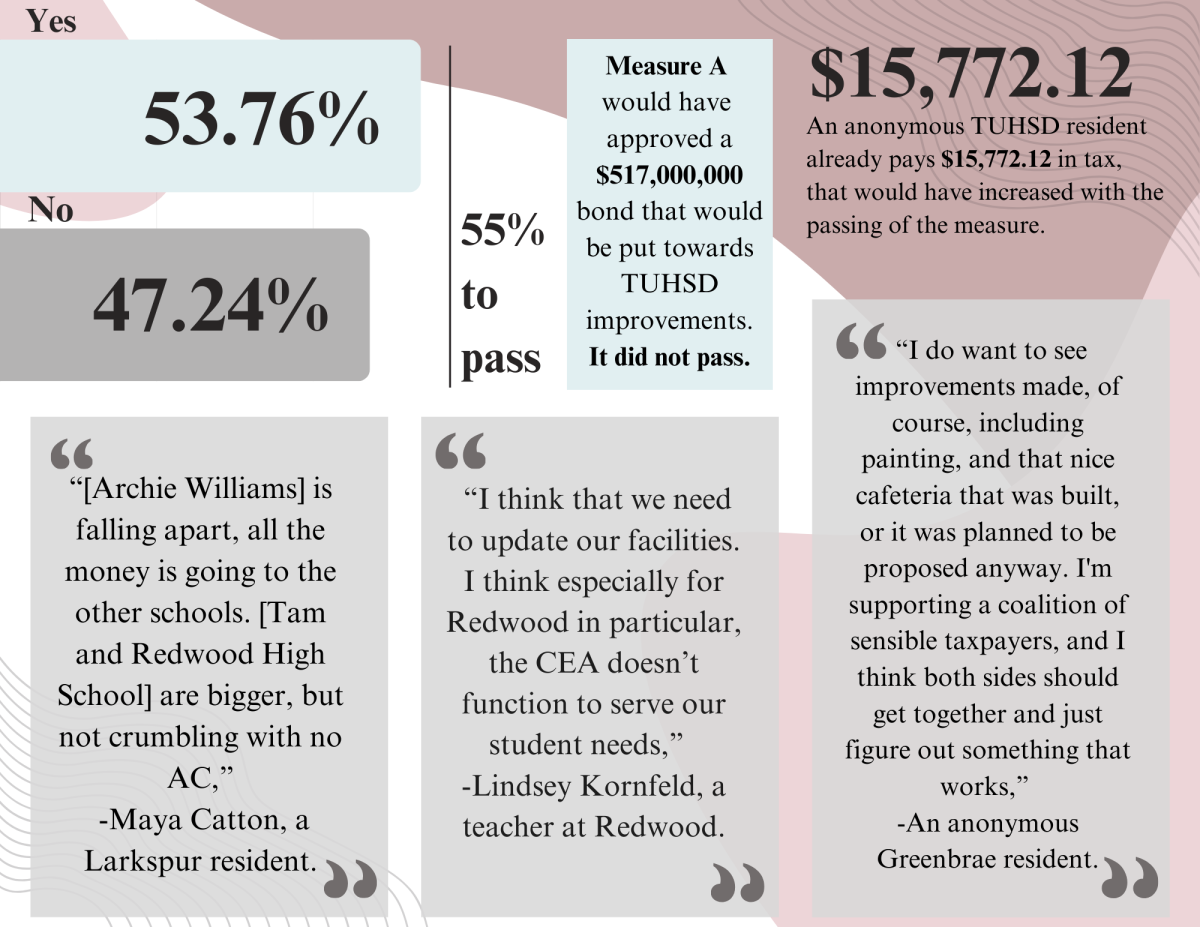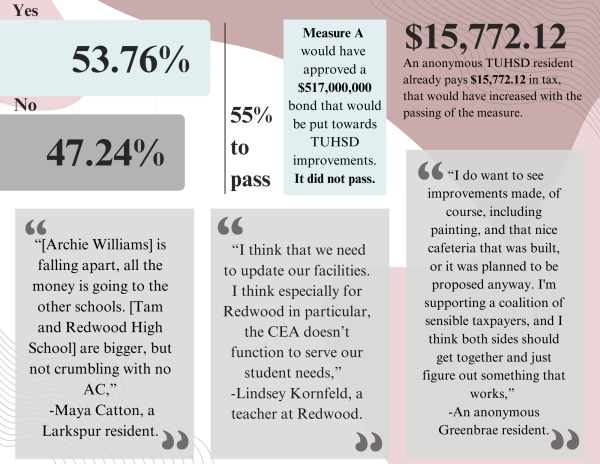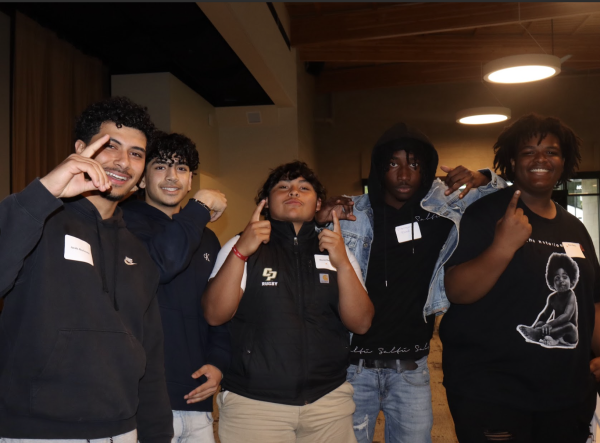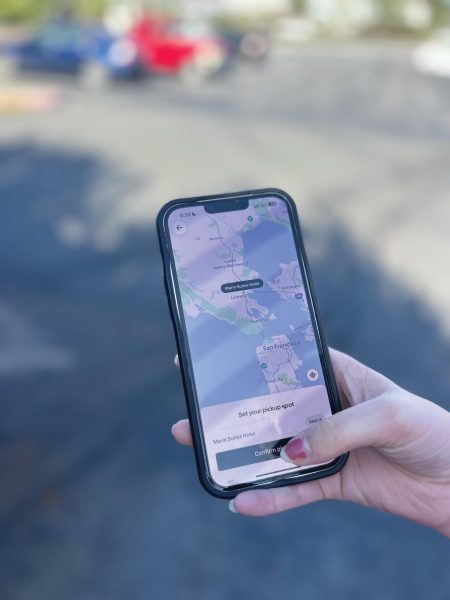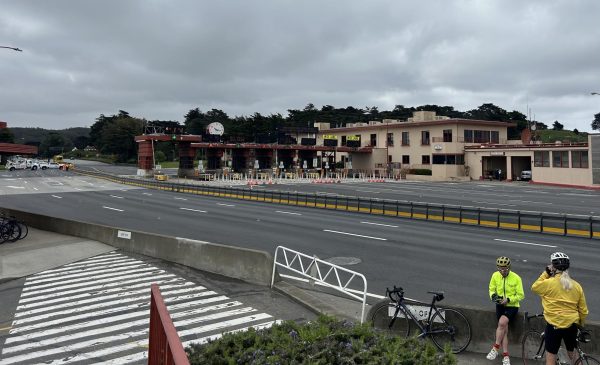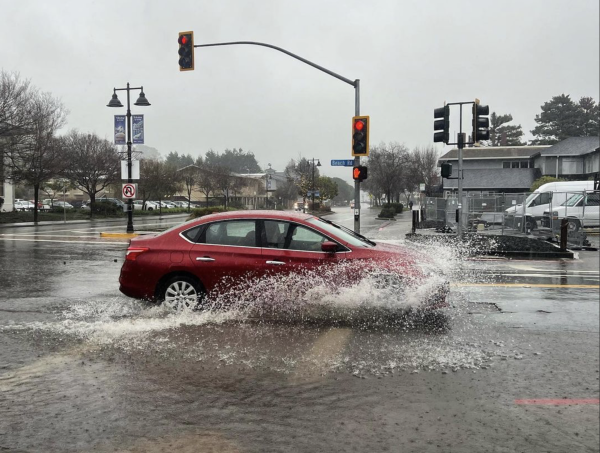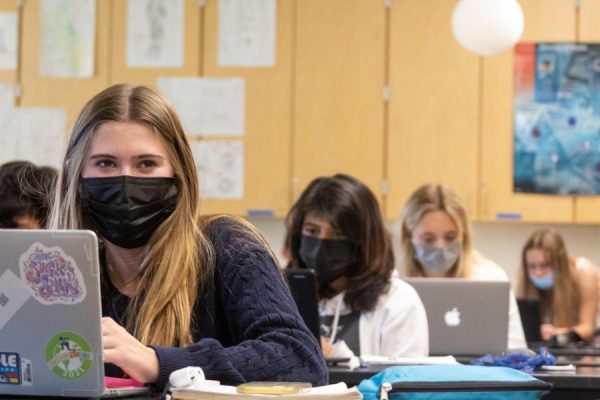Aftermath of Hurricane Fiona devastates Puerto Rico
September 27, 2022
On Sunday, Sept. 18, Hurricane Fiona hit Puerto Rico, causing massive flooding and strong winds. The storm blowing through the Caribbean began as a Category 1 hurricane but soon escalated into a Category 4 on Sept. 21 as it headed toward Bermuda. Two days later, Hurricane Fiona made landfall in Nova Scotia as a Category 3, cutting power from hundreds of thousands of citizens in a landmark weather event for Canada. Hurricanes are divided into five categories depending on the severity of the winds they produce with Category 1 being the weakest (winds between 74 and 95 miles per hour) and Category 5 being the strongest (winds of 157 miles per hour or greater).
According to Reuters news, Hurricane Fiona has caused 16 deaths in Puerto Rico so far, 40 percent of the island’s residents to lose water supply and three-fourths to lose power for several days after the storm hit.
Frances Bernier, a native Puerto Rican and college student currently living on the island, was sent home from college due to diminished resources. Many, including Bernier’s home in Coamo and college, University of Puerto Rico Mayaguez, lost internet, electricity and water because of the storm and had to use generators and water tanks to adapt. Bernier describes living through the difficult time and the flooding Hurricane Fiona caused in her house.
“It [was] a day where you couldn’t do anything but stay in the house, and you had to be mopping a lot, trying to make sure that the water didn’t come into the house. … In my room, [the water] came through the air conditioning, so I had to put towels on the floor. By the doors, you had to be mopping to get all the water out constantly. It was a bit hectic,” Bernier said.
Fortunately, Bernier, living in a concrete house, was relatively safe throughout the duration of the hurricane.
“I was in a pretty safe place. … The house is very stable, the ceiling isn’t coming off like in some homes and there are no trees that have fallen onto the house. Many people lost a lot of important stuff, but I have been okay,” Bernier said.
Others have not been as secure. Infrastructure and methods of transportation have been greatly damaged due to the immense amount of flooding. Bernier recounts stories of people’s streets completely eroding and sliding off the sides of the mountains in Puerto Rico.
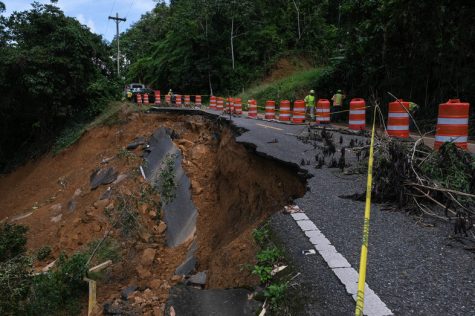
“I have a friend that lives in the mountains, and the street there crumbled — the soil just came down. A week ago, the other roads crumbled as well, like a landslide. … So, it is very hard for people to come down from the mountains,” Bernier said.
Gabriella Ramirez, also a native Puerto Rican but currently studying in Spain for her masters, expresses the grim reality many face in the aftermath of Hurricane Fiona.
“I have friends that [have been evacuated and are] living in [shelters],” Ramirez said. “Their houses are gone; they’re completely under water. They have lost everything. They lost their cars; they lost their clothes and their food — everything. I know a few people that are in that current situation, and it’s just horrible.”
These tropical storms and hurricanes have been occurring with more intensity and at a higher frequency in recent years. Advanced Placement Environmental Science (APES) teacher Kelsey Kniesche elucidates how global warming is a contributing factor to these hurricanes, citing recent studies.
“The National Oceanic and Atmospheric Administration (NOAA) has put out a new study showing that over the past four decades, the strength of these storms has increased, and there is a correlation between warming temperatures and the strength of storms,” Kniesche said. “Overall trends worldwide show that as the planet continues to warm, we’re going to see these storms more frequently and more significantly, and they will be stronger.”
Kniesche also clarifies that Puerto Rico and the other Caribbean islands are in the prime area for hurricanes, as waters are warm, and the atmospheric conditions are breeding grounds for intense storms.
“[Puerto Rico is] unfortunately in a spot where the storms really form and pick up speed. … [Areas where hurricanes form] need to have the right atmospheric conditions, [and water] temperatures need to be warm. … The greatest threat comes from that surge of water that comes up onto shore with those winds, so we really see impacts of flooding in communities like Puerto Rico,” Kniesche said.
These surges of water greatly affect low-lying coastal communities such as those in Puerto Rico as they have little protection from the open ocean and the waves the hurricane produces. Kniesche further acknowledges the detrimental environmental impacts Hurricane Fiona will have in Puerto Rico.
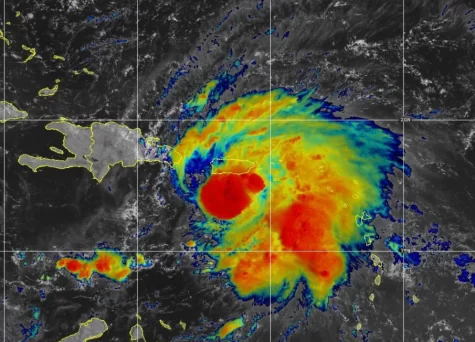
“[There will be] severe damage from wind and flooding. The pollution will also be more dispersed because of human-made infrastructure that is no longer sufficient or is damaged from these storms. I think other significant impacts are displacement of animals, destruction of their populations, pollution and loss of habitat from [the storm],” Kniesche said.
To remedy these harmful effects, the U.S. government has taken action to fund disaster relief in Puerto Rico. According to the Federal Emergency Management Agency, President Joe Biden approved a major disaster declaration on Wednesday, Sept. 21 to assist Puerto Rico with its recovery from Hurricane Fiona. This declaration will provide federal funding to individuals affected by the storm and will guarantee aid to multiple municipalities on the island.
However, the declaration left out many towns on the West Coast of Puerto Rico where the hurricane made landfall. Ramirez points out that the several towns left out of the aid package were primarily those with a higher person-of-color population, and this problematic reality has been widely ignored by the media.
“[The U.S. government] offered help, but they didn’t offer help to all the municipalities. There were just a select few. There are rumors going around that [the government] was being racist about it. For example, the least affected area in Puerto Rico was the northeast side, which we call “La Metro,” which is where the capital is,” Ramirez said.
The northeast side, home to posh neighborhoods such as Ocean Park, is among the whitest and wealthiest parts of the island. Ramirez emphasizes that these nicer neighborhoods, regardless of the lower amounts of damage, were included in the funding from the government over other parts of the island which were hit harder by Hurricane Fiona.
“The places that were more affected, [such as] the southwest side, were left out of that plan for aid. It is just absurd and ridiculous because everybody needs help — everybody. Everybody was affected, some more than others. It just did not seem fair,” Ramirez said.
To help Puerto Rico’s affected populations, there are many organizations seeking donations of canned foods, clothes and supplies, or monetary donations. A few reliable organizations taking donations include the Red Cross and the Hispanic Federation (linked below).
Red Cross donations supporting disaster relief.
https://www.redcross.org/donate/donation.html/
Hispanic Federation donations designated to Puerto Rico disaster relief.


